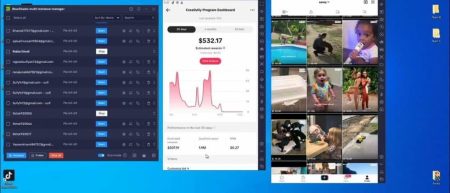What is Alexa development?
In the world of technology, it’s rare to find a person who doesn’t have an opinion about what a computer should do. In most cases, we get asked about it directly by our smart assistants like if you want to talk on the phone or to set up your calendar. But I bet there’s an entire subsection for people whose job is just to develop the software and make sure that their robots live up to expectations. And guess what, they love doing that because they make their living as developers (or programmers) by developing artificial intelligence.
What programming language can you develop Alexa with?
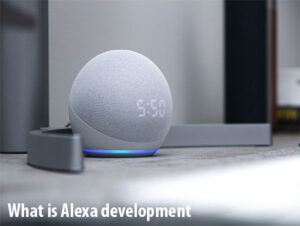
I know in the early days, I wrote my own code without any idea what I was getting into. It took me over two years to become comfortable with it. At first, I wanted to be able to write only one line of code and then add more layers one after another to create a complex algorithm. Then after some time, it dawned on me that maybe even writing one line isn’t enough, so I started working on it at once. Here’s how it works.

I’ve been working on this project since 2017; I originally started from scratch but kept adding new features as I went along. So far, I created three different types of algorithms to solve different problems like recognizing objects, playing music, and scheduling.
So far, I’ve finished making a Chabot which accepts voice commands to start a conversation with Alexa development. There are also other services which help users find places nearby based on their GPS. Another type of service is Amazon Key, which has a lock so you don’t need to enter the password every time you want to connect to something. Finally, AWS Recognitions is another option, it allows you to use your face for free.
Where is Alexa developed?
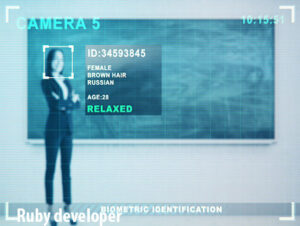
In 2016, there were 3rd party developments made on top of the main app. You’ll find here a good example if you want to see how these Alexa development look like.
There are many languages used, but I’d recommend using Python and Ruby. Python is more flexible. Also, you’re going to find all those libraries here and others here. Also, I’m using Porch for training and data processing. With Porch, it’s easier to switch back and forth between models. On the other hand, you can use R, it’s very much the same thing as Python except it uses R instead of Python. This is all for Python and R.
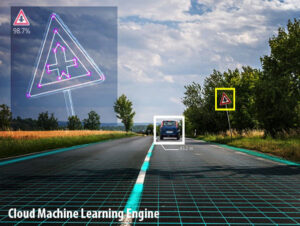
If you’re not planning on using them, you can always take a step ahead by learning SQL if available. For the Ruby developer, there’s great stuff in gem and Rails. There are lots of resources out there. To see if you like writing things yourself, check out OSS projects like Tensor flow. There are lots of open source projects too. Some of these projects include Google Cloud Machine Learning Engine, Apache MX Net, etc. When you get inspired and have a problem that you’re trying to solve, you can always go back to basics. Maybe I haven’t covered it properly.
Where is Alexa developed?
It’s a popular application of machine learning, especially for speech recognition and natural language understanding tasks. We built Voice UI with Alexa development Lex and Amazon Polly engines to simplify building custom speech interfaces. The system was designed to let anyone write custom scripts without worrying about backend, API, or training/understanding, you can build almost anything you can imagine.
Where does Alexa get programmed?
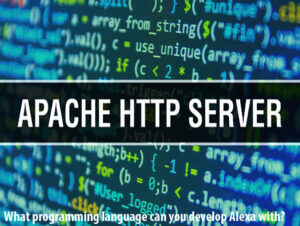
Like I said, I’ve written my own machine code. But I had no idea how to integrate one in another. Luckily, Microsoft has done a lot of nice work on a lot of their APIs. For instance, you can define Amazon Fire as an extension of the Skype client. That means if you want to play a song with Alexa, you just need to send an audio input. Similarly, you can think of the Assistant as having a microphone and speaker on its end. This is called “voice-only integration”. But that’s all the functionality we’ll be providing for now. More examples will come in future.



